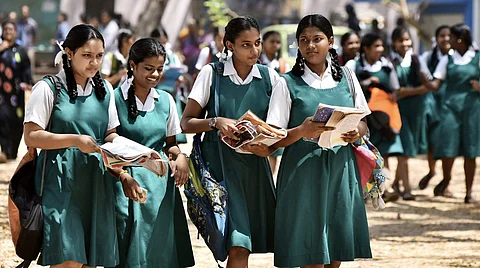

India is a country with a population of over 1.3 billion people and yet, its education system is struggling to meet the needs of its citizens. According to a recent report by the World Bank, India has the world's largest number of out-of-school children, with over 100 million children not enrolled in primary or secondary school. The report also found that India has one of the lowest literacy rates in the world, with only 74 per cent of adults literate.
There are a number of factors that contribute to education failures in India. These include:
Poverty: Many families in India cannot afford to send their children to school, especially in rural areas
Gender discrimination: Girls are often denied an education, especially in poor families
Inadequate infrastructure: Many schools in India lack basic facilities such as classrooms, toilets, and drinking water
Poor quality of teachers: Many teachers in India are not qualified or motivated to teach
Language barrier: In multilingual India, children who speak a minority language may face difficulties in school
There are a number of solutions that can be implemented to address education failures in India. These include:
Increased government spending on education: The government needs to invest more money in education in order to improve the quality of schools and teachers
Providing scholarships and other incentives: The government should provide more scholarships and other incentives to encourage girls and children from poor families to attend school
Improving the quality of teachers: The government should improve the quality of teachers by providing them with better training and support
